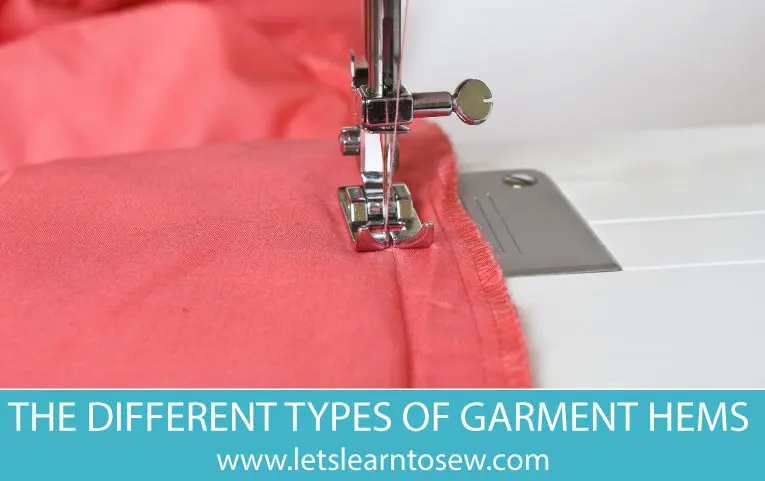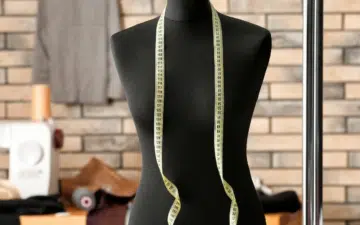A simple technique to fit a button-up blouse.
Do you have a favorite shirt, but… you wish it was more fitted? Personally, I don’t buy button-down shirts very often. But, when I do I prefer them to be fitted at the waist. However, there are a few brands that I really like that just are not available in this fitted style. Guess what…This goes for home sewing patterns as well.
Let’s take a closer look at how to achieve this fit using a fish-eye dart.
How to fit a blouse
Getting this custom-fit look is quick and easy by adding a few darts. Darting shirts is also a great option if you have recently lost weight and would like to show it off a bit by creating a slimmer fit! Don’t let the word darts scare you! I promise this simple technique will be painless.
Before you get started…you’ll need a few supplies. Let’s take a look…
Supplies
- A shirt that needs fitting
- Pins
- French Curve or flexible ruler
- Tailor’s chalk
- Matching thread
- Scissors
- Sewing machine
How to fit a button thru blouse
- Begin with a pressed regular-fitting shirt. Try it on yourself or the intended recipient and button it up fully as if to wear. Taking a line down from the shoulder blades towards the waistline, where the shirt hangs out from the body, gently pinch the fabric evenly on each side. This will draw the shirt in for a slimmer look. When you are happy with the fit, pin the pinched fabric parts together nearest the torso and check that both sides are balanced. Only a few pins should be needed; the most important one is the one located at the fullest depth.
- Take the shirt off and lay it on a flat surface so that the pinned sections are facing up. On just one of the darts, use a tape measure or ruler to measure in from the side seam to the pinned dart, and pick a line that you would like the dart to run on, usually that’s going to be straight up and down. Using more pins now, give the dart a more smoothed and even shape by pinning along where you would like the stitching to run. Make a precise mirror image for the other dart.
- Turn the shirt to the inside. Taking your tailor’s chalk, find where the pins join the fabric together. Mark the fabric on both sides of each pin. Once both darts are marked, remove the pins and lay the shirt flat. Still working from the inside, use a curved or French ruler to join up the dashed marks and smooth the curves. Again, try to make sure both darts are balanced evenly. Your marking will look a bit like a diamond that has been pulled on each end. On the wrong side of the fabric, pinch the dart center along the longest part, bringing the fabric together. Match the chalked likes and pin in place.
- Using your sewing machine, position the top point of the dart under the presser foot and lower the needle into the fabric. Beginning at the uppermost part of the dart stitch slowly along the curved, removing the pins as you go. Stitch all the way to the end of the dart. DO NOT backstitch! Once you reach the end of the dart, draw out a reasonable length of thread from the machine 3-4” is usually good. Tie off the thread ends with a double knot. Don’t pull too hard or you may cause the fabric to pucker. Trim away the extra thread. Now repeat for the other dart.
- From the wrong side of the fabric, press the darts toward the side seams of the garment, turn to the right side and press the stitching line, working out the top and bottom points well. A pressing ham can come in handy.
That’s it, you now know how to quickly and easily give shirts a more fitted look.






Leave a Reply